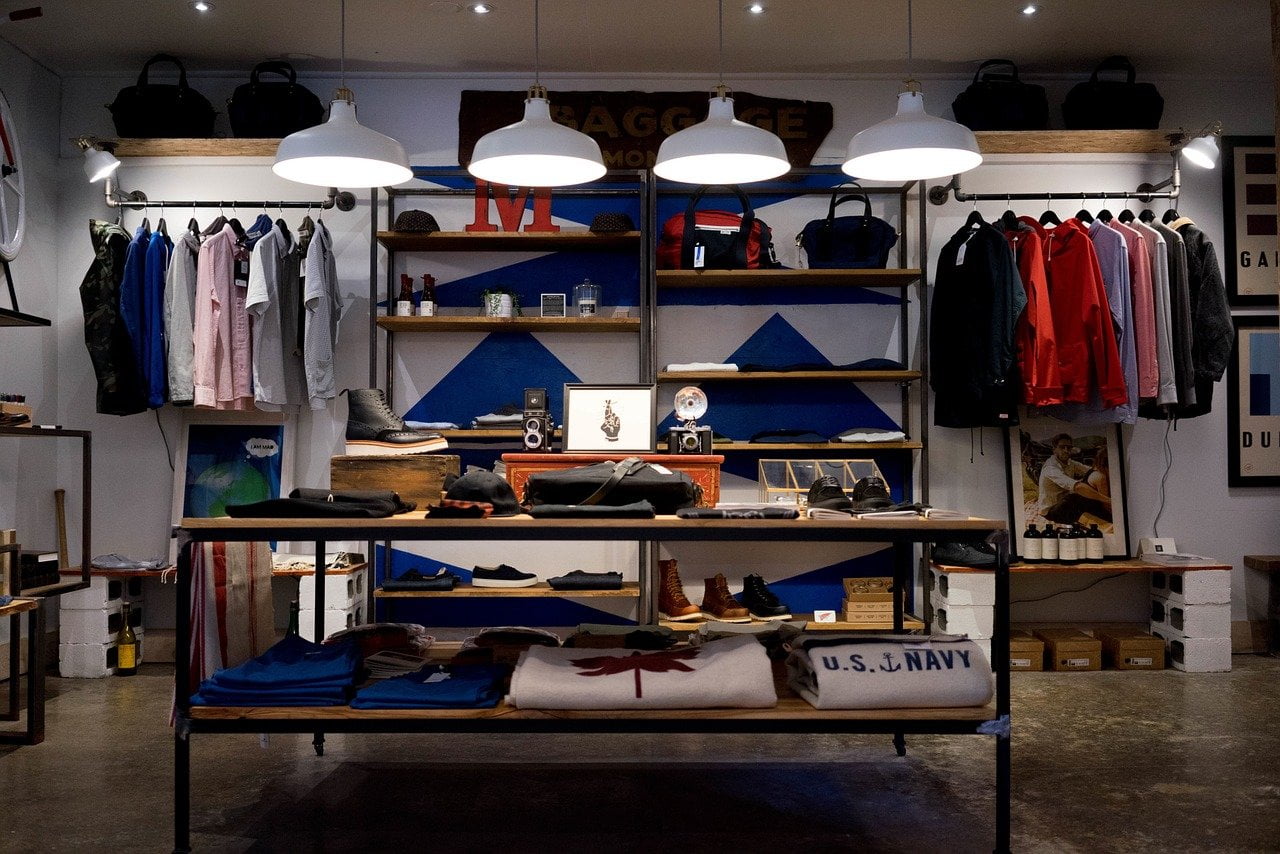High street revival as the grand reopening brings clothes back in fashion
Q1 2021 hedge fund letters, conferences and more
- Retail sales volumes jumped 9.2% in April 2021, compared to March 2021.
- Retail sales volumes were 42.4% higher than in April 2020, which was affected by the first national lockdown.
- Retail sales volumes were 10.6% higher than February 2020.
- Non-food stores saw the highest growth – with sales volumes at clothing stores soaring by almost 70%.
- The proportion spent online decreased to 30% in April 2021, down from 34.7% in March 2021.
The ONS has released monthly retail sales data for April.
The ONS has also released the latest research on the effect of the Coronavirus on the UK economy and society, with indications that the initial burst in spending has waned.
High Street Shopping Revival
Susannah Streeter, senior investment and markets analyst, Hargreaves Lansdown.
"Retailers were in dire need of a spring sales boost after a long dark winter of lockdowns and the grand reopening delivered just that.
Shoppers indulged in a major dose of retail therapy, after being banned from browsing the racks for months. The prospect of being able to go out-out once more and frequent bars and restaurants, saw consumers splashing the cash on the latest fashions. Sales volumes soared in April by 70% in clothing stores, with many queuing around the block to get into their favourite retailers.
As shoppers had the novelty of spending in physical rather than virtual stores, total retail sales for the amount spent and quality bought was up 10% compared to pre-pandemic February 2020 levels, showing clear pent up demand.
Fewer virtual baskets were filled up, with online spending dropping 5.6% in April. The proportion spent online fell to 30% from 34% in March as real shopping trips took over from the trend of browsing in digital stores from the comfort of the sofa.
With hospitality reopening after the Easter break, it sucked grocery spend away from supermarkets and into the tills of restaurants, cafes and bars. Food store sales volumes declined by 0.9% in April 2021 following three consecutive months of growth since December 2020. But food store sales remain considerably higher than their pre-pandemic level, with sales in April 2021 8.6% higher than in February 2020.
Other research from the ONS this week has revealed that the initial spurt of spending has waned as the novelty of the high street shopping trip has worn off. The really big bump in delayable purchases, items such as clothing and furnishings has fallen back. For the week beginning 13th May, The CHAPS-based indicator of credit and debit card purchases decreased by 9 percentage points from the previous week. Only spending on staples was above its February 2020 levels indicating that we are still eating and drinking at home at lot more than we used to. Even though hospitality has begun to reopen, social spending is still at 81% of pre-pandemic levels.
Footfall across UK retail also remains substantially lower than before the crisis hit, at 72% of the equivalent week in 2019. It’s crept back up from the very low lockdown levels, but may not ever fully recover. The pandemic has brought about a dramatic change to the way we shop, with what appears to be a permanent shift to online sales.
The latest retail sales figures highlight this long-term trend. Retailers with no physical store presence reported the largest growth in sales of 56 % when compared with April 2019, showing the change in consumer behaviour.
With many high streets set for significantly less bustle, finding a change of use for the many vacant shops dotted across town centres will become increasingly urgent."
About us
Over 1.6 million clients trust us with £132.9 billion (as at 30 April 2021), making us the UK’s largest digital wealth management service. More than 98% of client activity is done through our digital channels and over 600,000 access our mobile app each month.













